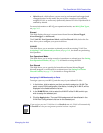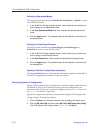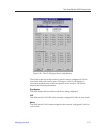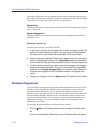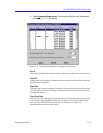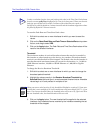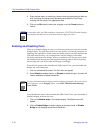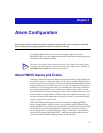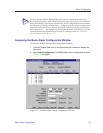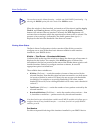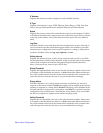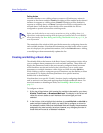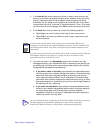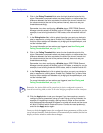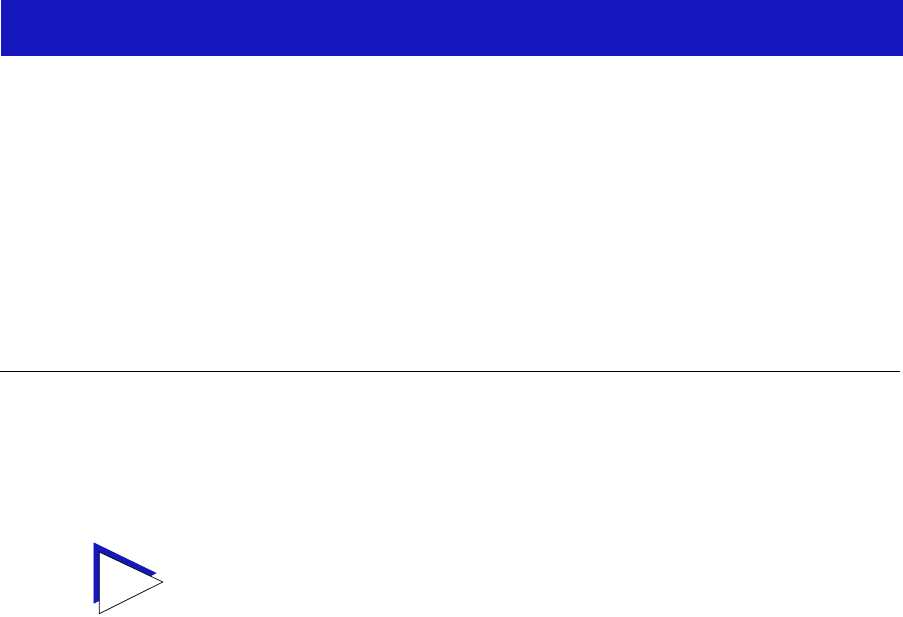
3-1
Chapter 3
Alarm Configuration
Accessing the Basic and Advanced Alarms windows; creating a basic alarm; creating an advanced
alarm; creating events; assigning actions to events; viewing the event log
Through the RMON Alarm and Event functionality supported by your
SmartSwitch 2000, you can conÞgure alarms and events (and, where appropriate,
actions) for each available interface.
About RMON Alarms and Events
Although Alarms and Events are deÞned as separate RMON groups, neither one
can function properly without the other: you can deÞne an alarm threshold, but if
it doesnÕt point to an event, there will be no indication that the threshold has been
crossed; similarly, you can deÞne an event, but unless it is attached to an alarm
threshold, it wonÕt be triggered. Each is an essential part of the same notiÞcation
process: the alarm deÞnes a set of conditions you want to know about, and the
event determines the means of letting you know those conditions have occurred.
Events are also an integral part of the Þlter and packet capture functionality: you
can start and stop packet capturing in response to events, or a successful packet
capture can generate its own event.
SPECTRUM Element Manager provides two means for conÞguring RMON
alarms: using the Basic Alarms window, you can deÞne both rising and falling
alarm thresholds for up to three pre-selected MIB-II variables per interface; based
on the options you select, the application automatically creates the necessary
events (to log alarm occurrences, generate a trap, or both) and Ñ for Cabletron
devices which support the Actions MIB Ñ adds the requested actions to those
events (to enable or disable bridging at the selected interface).
TIP
The Alarm, Event, and Actions windows described in this chapter are identical to those
provided via the RMON utility. For more information about other features of RMON, see
the RMON UserÕs Guide included with your software.



